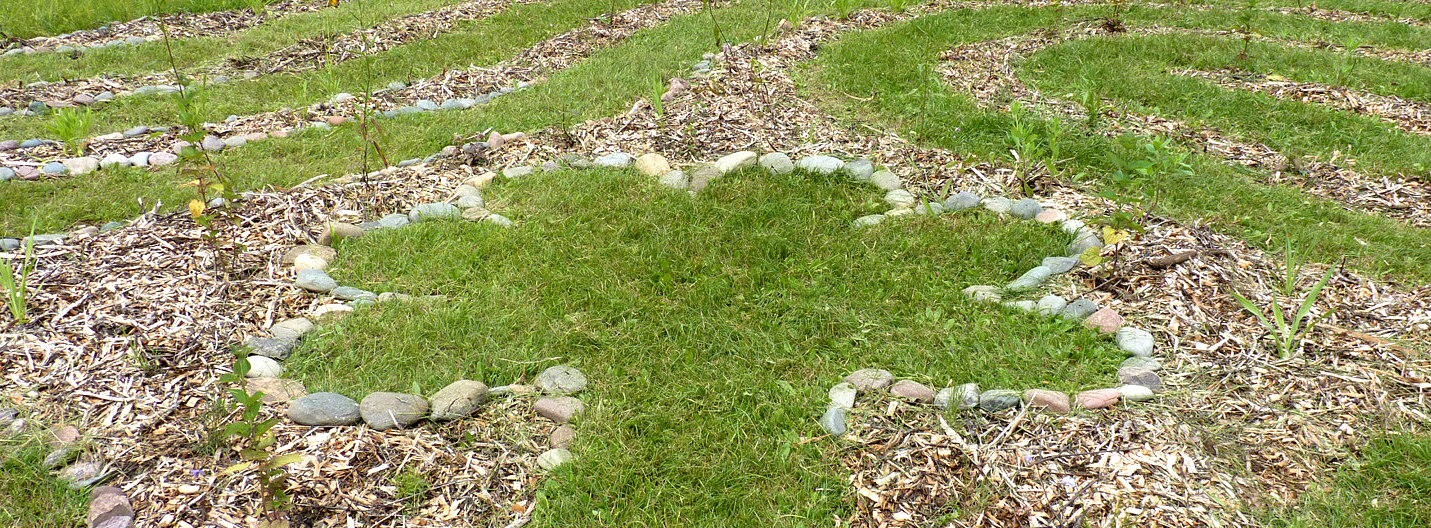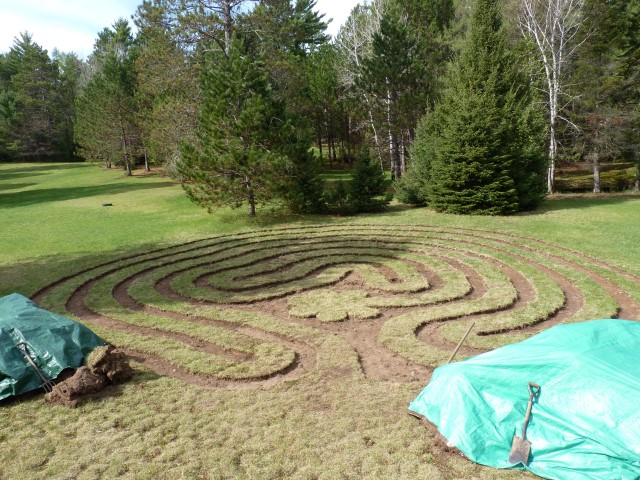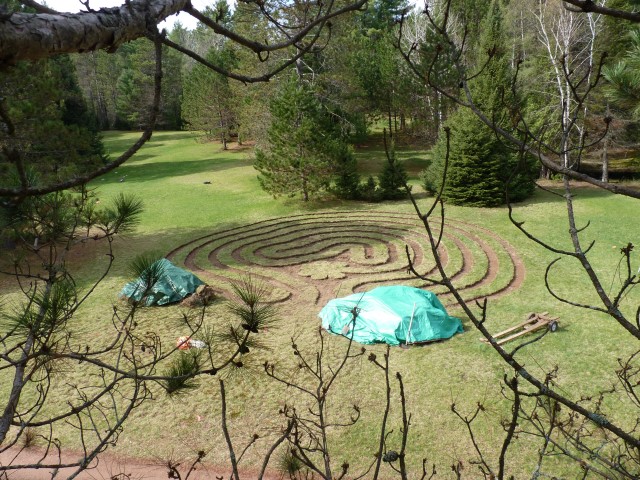
Throughout history, labyrinths have acted as representations of journeys into the sacred. It is believed that the labyrinth’s origins are in the image of the spiral; a pattern that can be found throughout the natural world, from shells to the spiraling arms of galaxies. This shape is mathematically represented in the Golden Ratio, also known as the divine proportion. Every classical labyrinth is based in this basic geometric shape, rooting such labyrinths in what is referred to as, ‘sacred geometry’. Sacred geometry is the reverence for geometric patterns and numerical ratios that are reoccurring and universal. As such, sacred geometry is connected to the belief that by exploring these patterns, one may gain insight into the very structures of the Universe.
In our modern world, there is an increasing need to take time for self-reflection and simplicity and just as those who came before us, there is the desire to build a bridge between our minds, bodies, and spirits. As we unite those aspects of our life experience, we find that we are able to live with a greater sense of wellness and fulfillment. The meditative experience of walking a labyrinth is an invaluable tool for contemplating the journey of one’s life, toward integration and the individuation of self.
Benefits of a labyrinth meditation:
1. Aids in stress reduction.
2. Provides space to clear the mind.
3. Can encourage a trance-like state.
4. Heightens intuitive processing.
5. Encourages self reflection.
6. Promotes peace and well-being.
About the Wildflower Labyrinth
The Wildflower Labyrinth is located in a grassy field surrounded by Jack Pine and Balsam Fir trees, and is designed to offer healing and restoration to both humans and nature alike. The winding paths of the labyrinth are separated by a bed of native wildflowers and plants to provide a quality habitat for bees, butterflies, beetles, and other invertibrates, which are in decline worldwide due to habitat loss, invasive species and pesticide use. The Healing Nature Center is working with the Oneida Pollinator Project to provide one of many habitat corridors to allow these pollinators to move accross the landscape more easily. If you are interested in learning more about how you can help pollinators in your area, visit the U.S. Fish and Wildlife Service website here.
It is our hope to provide the healing benefits of the labyrinth in a number of ways to those seeking the experience. Here, one can prepare themselves for the Healing Nature Trail ahead, or simply utilize the labyrinth as it’s own complete meditation.













